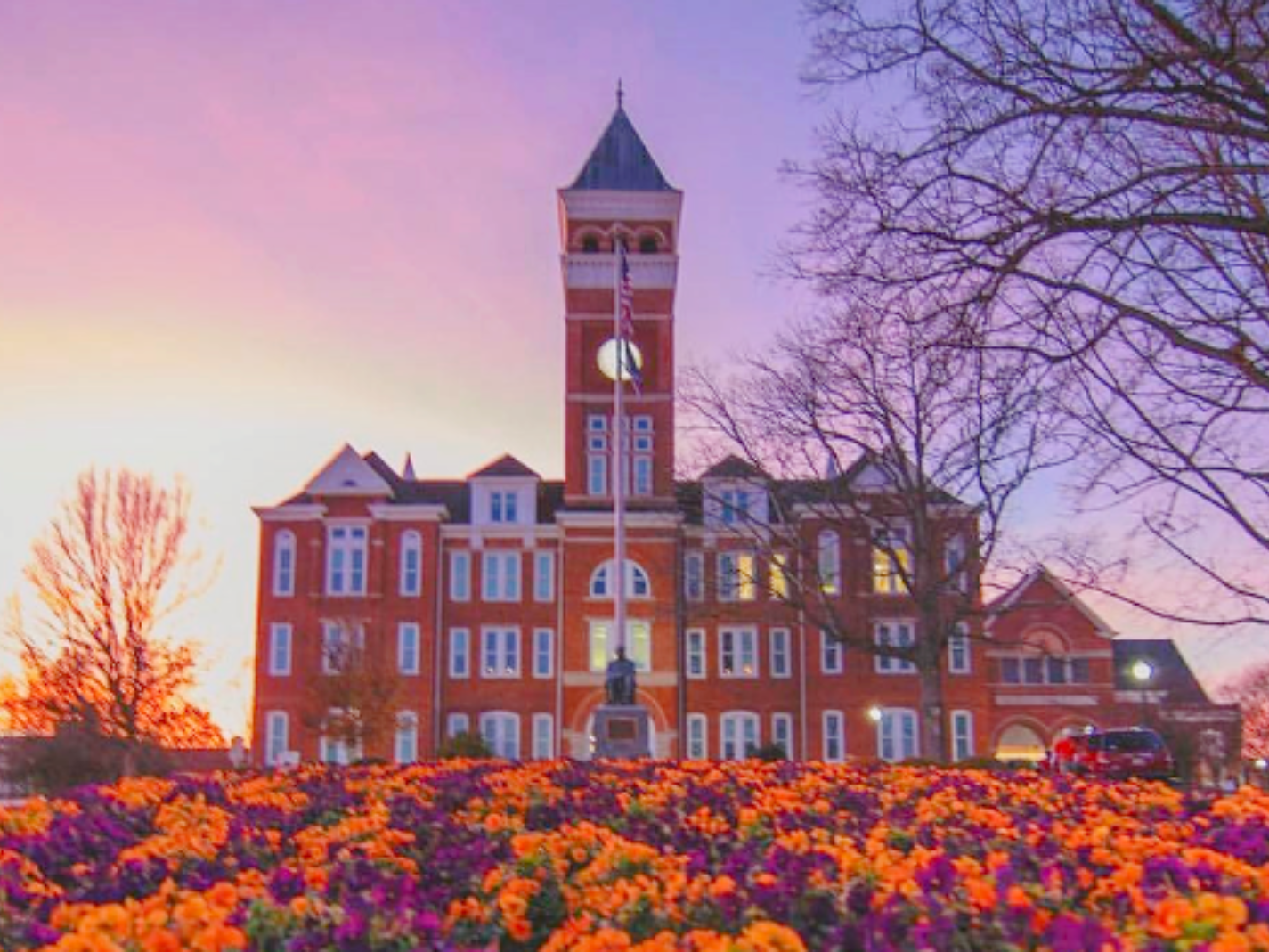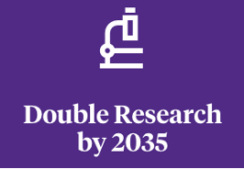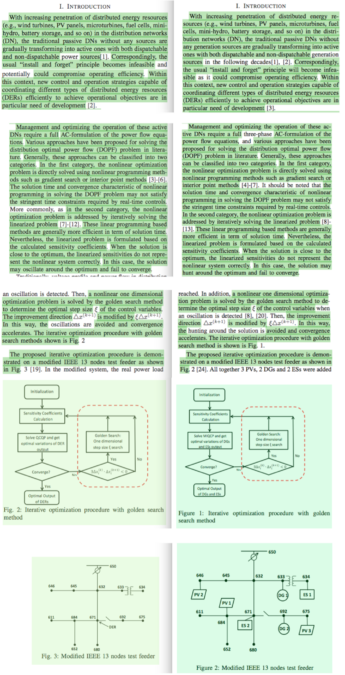
In 2023, Claudine Gay, then President of Harvard University, was the focus of plagiarism accusations. The university’s board came to her defense, re-branding her plagiarism as “duplicative language without appropriate attribution.” Harvard’s board employed an investigative process that its faculty had neither seen nor approved. Many people wonder whether lower-tier universities will follow Harvard’s examples of hiring administrators without examining their research records, defending research misconduct of administrators, covering up misconduct via twisted language, and/or rolling out procedures that the faculty never reviewed or approved.

That same year, Clemson University’s administration launched a new “Elevate” initiative “to propel Clemson’s success.”
The 29-page unsigned, undated document gives no indication of who actually wrote it or if it was reviewed and accepted by the faculty. The Elevate initiative requires faculty to do something very specific: “double research by 2035.” The document provides specific “metrics” for measuring whether faculty have Elevated their research by a factor of two: “peer-reviewed research papers, per capita” and “citations per capita.” One dubious but effective method to double these bold, visionary metrics is to republish your papers and cite your own previous work.
Clemson’s academic regulations prohibit students from double-counting: “No multiple-counting … is allowed—no triple or higher counting. Even though a course may satisfy two requirements, the credits will only count once toward total hours.” Clemson prohibits students from plagiarizing or self-plagiarizing, stating that “to avoid a charge of self-plagiarism, a student must gain written permission from their instructor to re-use work turned in either for another class or in a different term.” The penalties for students are harsh. A repeat offender will be “suspended from the University for one or more full semesters, and may be permanently dismissed from the University.”
Yet, administrators enjoy a different and less rigorous standard.

In April this year, Clemson provost Robert H. Jones named Kevin Tomsovic as executive director of Clemson University Restoration Institute (CURI) in Charleston, saying Tomsovic “Elevates Clemson’s research enterprise to another level.” A quick check of the scholarly record shows that Tomsovic’s paper “Distributed energy management for networked microgrids in a three-phase unbalanced distribution network” was retracted in 2023. The paper was retracted because it was largely copied from a prior publication. The editor used the euphemistic phrase “substantial overlap with a different article” when de-elevating Tomsovic’s doubled research.
And that’s not all.

Approximately half the text of Tomsovic’s paper “Increasing the Resolution of Wide-Area Situational Awareness of the Power Grid through Event Unmixing” was copied from a student’s PhD dissertation. Tomsovic’s paper did not include the student as a co-author, did not enclose copied passages in quotation marks, did not cite the dissertation, and did not indicate permission of the copyright holder.
Approximately half of another Tomsovic paper, “Optimal Sizing of an Electric Vehicle Charging Station with Integration of PV and Energy Storage,” was copied and reworded from an earlier paper by Yaosuo Xue et al. The original co-author, Yaosuo Xue, was omitted from Tomsovic’s later version, which did not enclose copied passages in quotation marks.
More than half of yet another Tomsovic paper—“A MILP-based distribution optimal power flow model for microgrid operation”—was copied from an earlier paper by Oguzhan Ceylan, Bailu Xiao, Ben Ollis, Daniel King, Philip Irminger et al. These original co-authors were removed from the later version. The copied passages were not enclosed in quotation marks and did not cite the source.
There’s still more.
Tomsovic’s paper “Advanced Energy Storage Management in Distribution Network” was copied from an earlier paper by Yan Xu et al. He replaced the original co-author, Yan Xu, with five other authors. The later version did not enclose copied passages within quotation marks and did not cite the source of figures copied from the earlier 2015 paper. Examples are highlighted in green. Notably, the authors were publicly funded by the U.S. Department of Energy under contract DE-AC05-00OR 22725, and by National Science Foundation award EEC-1041877.
Back when Tomsovic served as a “program officer” for the National Science Foundation (NSF), he re-published the work of a researcher that his own program funded. Approximately 60 percent of Tomsovic’s paper, “An interdisciplinary approach to long-term modelling for power system expansion,” was copied from a paper written by Andrew Ford. Again, Tomsovic’s version did not enclose copied passages in quotation marks, did not cite the source, and did not include Ford’s original version in the list of references.
These examples of Tomsovic’s “duplicative” practices, and over a dozen more, are discussed on the PubPeer website. So, it appears that no one at Clemson bothered to search Tomsovic’s name at PubPeer, or they would have seen these examples. According to Google Trends, no one searched for Tomsovic at all during the months before his April 2024 hiring.
It appears that Tomsovic did not disclose to Clemson’s search committee that he repeatedly copied—without quotation marks, citations, or permission from copyright holders—work that had been published in the past to help double his research.

However, there is another possibility: perhaps Tomsovic was candid with Clemson’s administration, which knowingly approved of his publication practices.
Because of the exceptionally large salary Clemson will pay him, Tomsovic’s appointment had to be endorsed by the Clemson board’s “Compensation Committee.” Were committee members aware of his publication history? Were they aware that he spent federal funds to pretend that old work was novel, while concealing the original sources and authors? If so, how does this proclivity fit into Clemson’s Elevate initiative to propel the university to success and double its research?
To find out, we asked board members for minutes from the April 2024 meeting at which the Compensation Committee approved Tomsovic’s salary. But we did not receive a reply.
We asked Clemson Provost Robert H. Jones whether he knew about Tomsovic’s retracted paper. No reply.
We asked Clemson President James P. Clements. No reply.
We asked Clemson “research integrity officer” Robin S. Tyndall for answers. No reply.
We asked Clemson’s senior vice president for research, Tanju Karanfil. No reply.
We asked Clemson’s faculty senate. No reply.
In all, we asked more than forty Clemson officials about Tomsovic’s publication record to learn how it fits with Clemson’s Elevate initiative and with Clemson’s definitions of plagiarism. We furnished a draft of this story to more than two dozen Clemson administrators who were presumably involved in Tomsovic’s hiring, asking them to correct any errors. None of them responded.
Faced with a wall of silence presented by Clemson officials, we filed a records request pursuant to South Carolina’s open records law. We sent an email to [email protected] asking for Clemson’s contract with CURI director Tomsovic, his application materials, and his emails. We later notified Clemson that the statutory ten-day period had elapsed — in violation of state law — without the university rendering a decision on fulfilling the request. The following day, Clemson’s attorney, Robert Wilkins, advised us that the estimated cost would be $62.50 and that a portion of the request “as written is unclear.” That particular portion was a request for records of “Tomsovic’s disclosures regarding his publication retracted in 2023, or any assessment/inquiry/investigation of research misconduct initiated by his employer.”
We added more detail to clarify the request. We are waiting for these records to be produced.
Certain members of Clemson’s Tiger Nation are concerned that faculty will be pressured to increase publications no matter what it takes to do so. Not to worry! If you are working toward a single significant paper, break it up into little pieces that can be published separately. Fabricate data to publish something new. Copy a previously published paper. Copy a student’s dissertation chapter. And when you do, conceal the source instead of citing it. And don’t use quotation marks—these would tip off the editor and the reader. Double your research. Elevate Clemson.

However, if you object to these practices, the administration might need to remove you to make room for a new generation of Tigers who know how to make the Elevator go up, up, and up.
Clemson now has an opportunity to contribute to the national dialog about research misconduct by upgrading Harvard’s “duplicative language without appropriate attribution” to Clemson’s Elevated phrase “Double Research.” When public funds pay for Clemson’s duplicate publications, Clemson can further bolster its Elevate initiative by doubling “research expenditures” thereon.
In a sense, Clemson is modernizing its approach to scholarship in a manner similar to other universities. It pursues elevated ranking by delivering once meaningful metrics, such as the number of publications. However, certain faculty have learned to game the system by using creative strategies that Elevate a single publication into several. As universities embrace these strategies, a rift develops between the ethical standards required of students and the debased standards enjoyed by faculty. This one weird trick helps propel a university to Elevated rankings.
Photo by Taufiquar.Khan — Wikimedia Commons